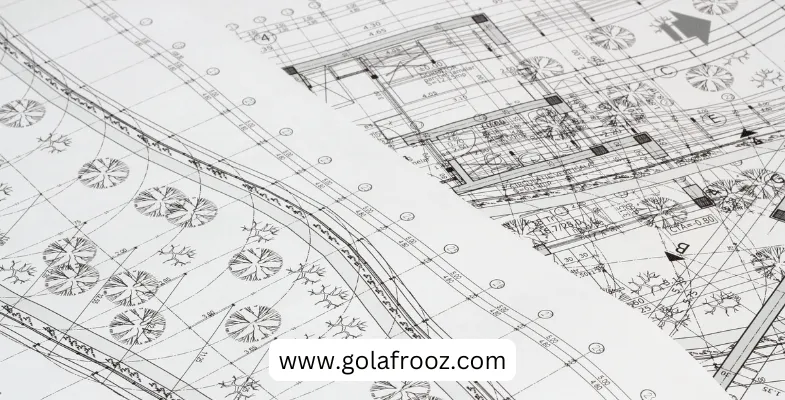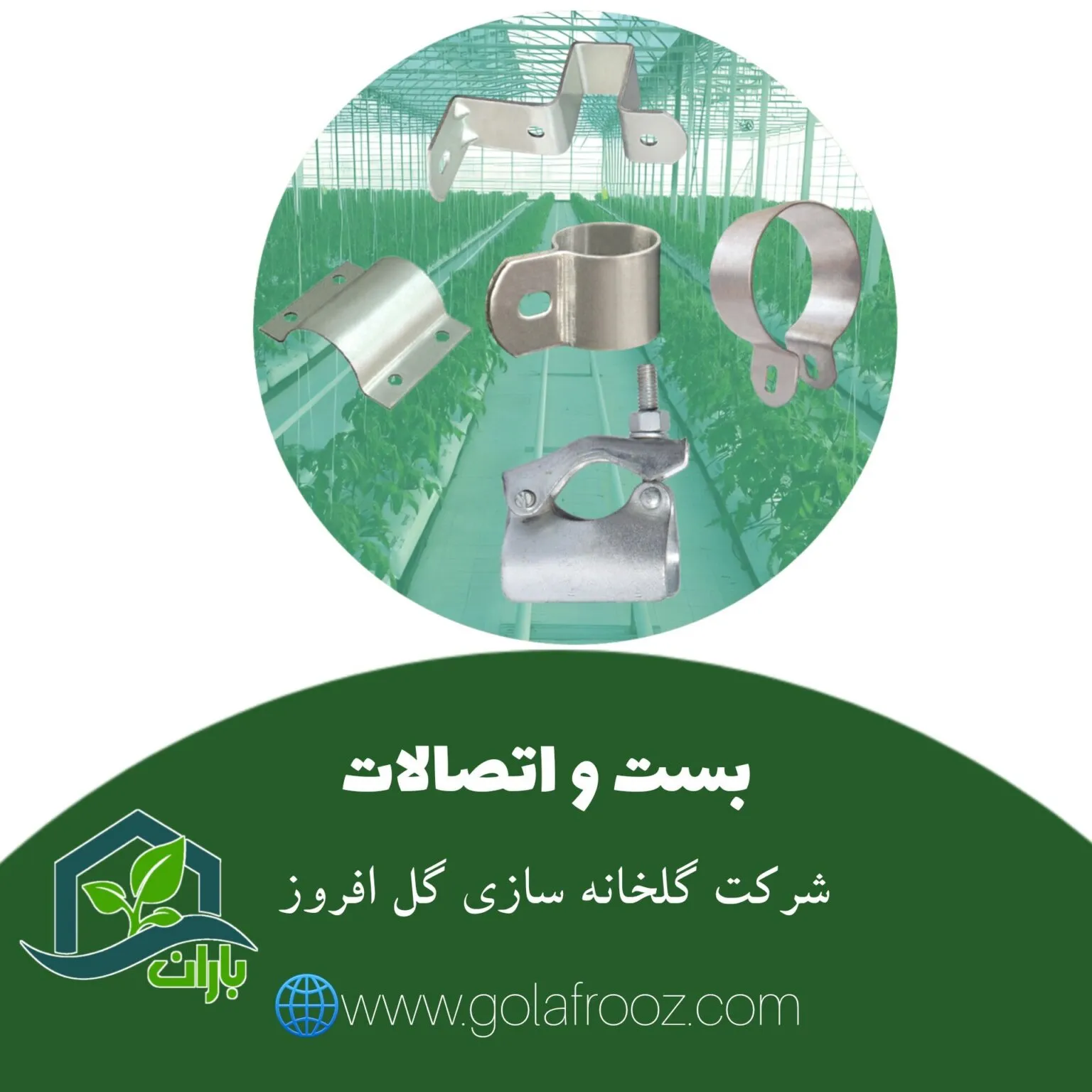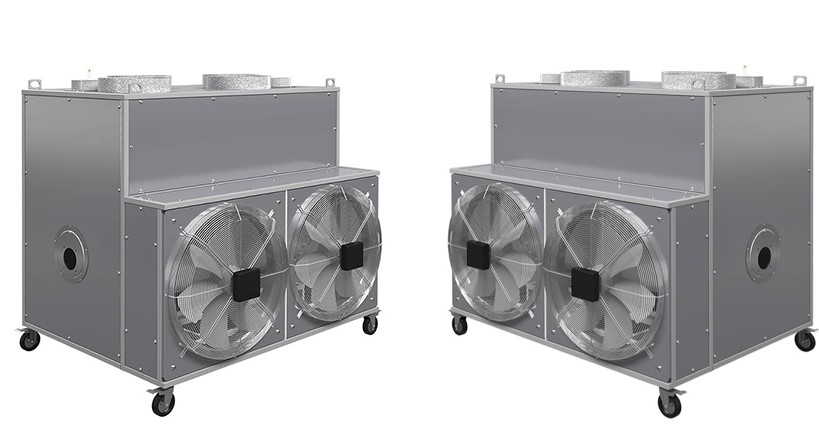Latest Update: Nov 14, 2025, 6:58:36 AM

Native Greenhouse Construction and Sustainable Rangeland Management
Native greenhouse construction and sustainable rangeland management are important topics that play a major role in preserving biodiversity, protecting natural resources, and supporting sustainable development. Native greenhouse construction is a comprehensive approach to agricultural production that aligns with the environment and local communities.
This approach is designed to reduce negative impacts on habitats and preserve biodiversity. On the other hand, sustainable rangeland management focuses on developing and managing rangelands with an emphasis on protecting habitats and meeting future human and social needs without harming biodiversity and natural resources.
Some of the article topics you can explore in this field include:
Vulnerability of rangelands to climate change and sustainable management strategies:
A review of the impacts of climate change on rangelands and solutions for sustainable rangeland management under changing climate conditions.
Native greenhouse construction and biodiversity conservation:
An analysis of the role of native greenhouse construction in preserving biodiversity and supporting local development, along with case studies of successful native greenhouse projects.
Integrated management of rangeland ecosystems and protection of water resources:
A study on integrated rangeland management and its effects on water supply, soil conservation, and flood and drought control.
Improving native greenhouse methods to increase productivity and product quality:
An evaluation of how traditional native greenhouse techniques and modern tools can reduce water usage, increase efficiency, and produce higher-quality crops.
Balancing human presence and wildlife conservation:
An exploration of the environmental and economic relationships between local communities and natural habitats, and how native greenhouse construction and rangeland management influence this balance.
Local participation in rangeland management and protection:
An examination of the role of local communities in sustainable rangeland management and examples of successful community-based conservation approaches.
These studies can help deepen understanding of native greenhouse construction and sustainable rangeland management, and provide practical strategies for preserving biodiversity and natural resources.
Review of Native Greenhouse Methods and Sustainable Rangeland Management for Preserving Biodiversity and Natural Resources
Reviewing native greenhouse methods and sustainable rangeland management for preserving biodiversity and natural resources can be an engaging topic for a research article. Topics related to native greenhouse construction and sustainable rangeland management may include:
Defining native greenhouse construction methods:
Introducing and explaining native greenhouse techniques and their effects on biodiversity and natural resource conservation.
Optimizing sustainable rangeland management:
Studying and describing approaches and strategies for sustainable rangeland management with a focus on positive impacts on biodiversity and resource protection.
Effects of native greenhouse methods on biodiversity:
Investigating the positive ecological impacts of native greenhouse practices across different regions.
Advantages of sustainable rangeland management for water resource protection:
Analyzing the important role of sustainable rangeland management in water conservation and reducing risks of droughts and floods.
Using local and traditional knowledge in greenhouse construction and rangeland management:
A study on how traditional and local knowledge supports native greenhouse methods and sustainable rangeland management, and its importance for biodiversity.
Comparing the effects of traditional and modern greenhouse methods on biodiversity:
A comparative analysis of how traditional and modern greenhouse systems impact biodiversity and their relationship with natural resources.
Community participation in biodiversity and resource conservation:
A review of how community involvement contributes to biodiversity preservation and natural resource protection through greenhouse construction and rangeland management.
These topics can provide deeper insight into the role of native greenhouse construction and sustainable rangeland management in protecting biodiversity and natural resources, and offer strategies and policies for effective conservation.
Advantages of Native Greenhouse Construction
Native greenhouse construction is a traditional and environmentally friendly method that emphasizes the conservation of natural resources and biodiversity. Its main advantages include:
Biodiversity protection:
Native greenhouse methods generally help preserve local plant and animal species and prevent overuse of natural resources.
Water conservation:
This approach typically involves efficient water use through plant spacing and optimized irrigation systems.
Utilizing local biodiversity:
These methods rely on local and traditional knowledge and are tailored to regional needs.
Reduced energy consumption:
Native greenhouse structures are usually based on low-energy principles and renewable resources like sunlight and wind.
Supporting the local economy:
The development of native greenhouses can increase employment and boost economic activity in rural areas.
Lower pollution and chemical use:
Traditional native greenhouse methods generally require fewer chemical fertilizers and pesticides.
Integration with cultural traditions:
These methods often incorporate local cultural practices, improving community engagement.
Overall, native greenhouse construction can be a practical and sustainable method for protecting biodiversity and natural resources.
Disadvantages of Native Greenhouse Construction
Native greenhouse construction also has disadvantages that should be considered:
Lower productivity and yield:
Traditional methods may lead to lower overall output.
Time-consuming processes:
Growth cycles and harvesting may take more time, increasing production costs.
Dependence on natural conditions:
Traditional systems rely heavily on weather and water availability, which can be risky under climate change.
Limited production capacity:
Native greenhouses often have lower production volume due to the lack of advanced technologies.
Environmental impacts:
In some cases, traditional methods may still put pressure on natural resources like water and soil.
Limited access to modern technologies:
Advanced greenhouse equipment may not always be available in traditional systems.
Ultimately, every greenhouse method has its own strengths and weaknesses, and the best approach depends on local conditions.
Conclusion
In conclusion, native greenhouse construction is a traditional agricultural method with its own advantages and disadvantages. While it supports biodiversity, efficient resource use, and strong community ties, it may also lead to lower productivity, greater dependence on natural factors, and limited use of modern technologies.
To get the best results, combining traditional knowledge with modern practices can enhance sustainability and productivity. The limitations of this method can be used as opportunities for improvement.
Depending on local conditions, native greenhouse construction may be the best option in some regions, while in others, integrating traditional and modern sustainable methods may be more suitable.
Gol Afrouz Greenhouse Construction Company, with many years of proven experience, is a leading manufacturer of modern greenhouses and is ready to serve clients across Iran. Using up-to-date knowledge and a specialized team, we design and build various types of Iranian, Spanish, Dutch, and tunnel-style greenhouses with the highest quality, tailored to your needs.
In addition, Gol Afrouz Company provides all efficient and modern greenhouse equipment. If you are in Karaj, Tehran, or any other city in Iran and are looking for a reliable partner to build your greenhouse, visit our website today to contact us and receive expert consultation from our specialists.



 Dutch Greenhouse Complexes: Aalsmeer Hub, Benefits, & Costs Guide
Dutch Greenhouse Complexes: Aalsmeer Hub, Benefits, & Costs Guide
 Greenhouse Rail and Gear Systems: Automation, Benefits & Price Guide
Greenhouse Rail and Gear Systems: Automation, Benefits & Price Guide
 Comprehensive Guide to Greenhouse Plans: Designs, Types & Layouts (Spanish vs. Dutch)
Comprehensive Guide to Greenhouse Plans: Designs, Types & Layouts (Spanish vs. Dutch)
 Greenhouse Fittings & Fasteners: Types, Uses & Pricing Guide
Greenhouse Fittings & Fasteners: Types, Uses & Pricing Guide
 Galvanized can profile 10
Galvanized can profile 10
 Axial Fan Evaporative Cooler
Axial Fan Evaporative Cooler
 Furnace Heater
Furnace Heater
 Type 4 Circulation Fan
Type 4 Circulation Fan
 Greenhouse Mist Sprayer
Greenhouse Mist Sprayer
